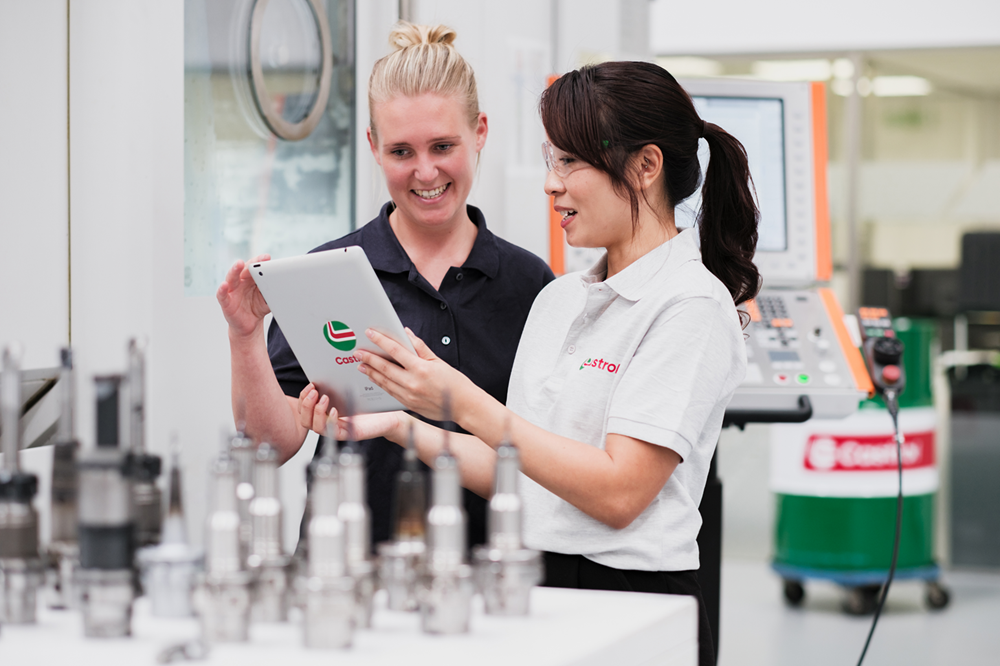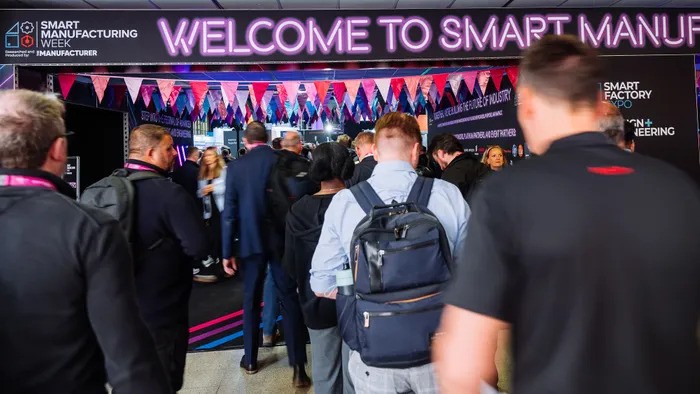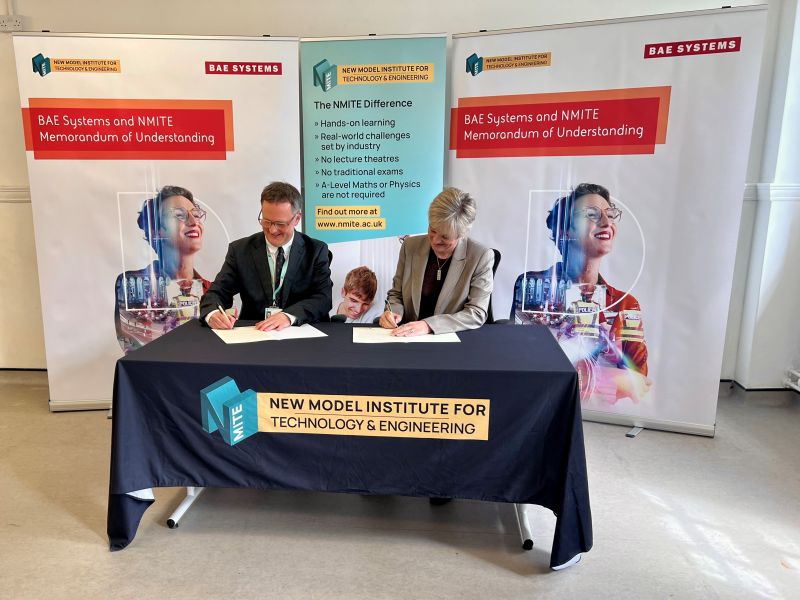Castrol has introduced ‘Castrol Intelligent Lubrication Solutions’ to help industrial customers prevent costly downtime, optimise lubricant consumption and extend asset life through predictive maintenance intelligence. The initial focus area is providing predictive analysis by leveraging sensor-based technology and IoT platforms for neat oil applications. These capabilities have delivered compelling results in steel and automotive manufacturing, with the company’s innovation roadmap including expanded offerings for metalworking fluids and additional predictive analytics capabilities.
More information www.bit.ly/3Gaf4sW



















